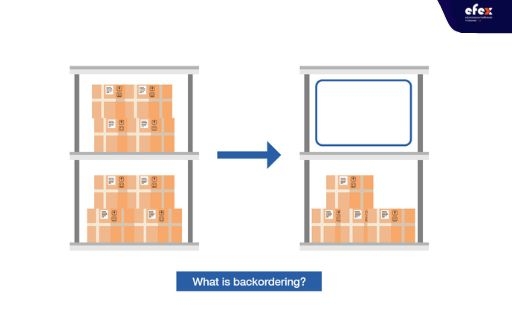
Backorder is one of the issues most businesses are concerned about because it directly affects the revenue of the business itself. At the same time, the backorder status also reflects the problem with the problematic import strategy and inventory management of the business. An article discussing the meaning of backorder or ways to avoid this situation will be very helpful for a business owner looking for solutions to optimize the process business.
Backorder refers to an item that is currently out of stock and is expected to be returned to the buyer at a specified date after the item is replenished in stock. Typically, in the event that the company does not have enough stock to supply, they will still sell the goods on a pre-order with the assurance that the remaining stock will be delivered as soon as it is received from the supplier.
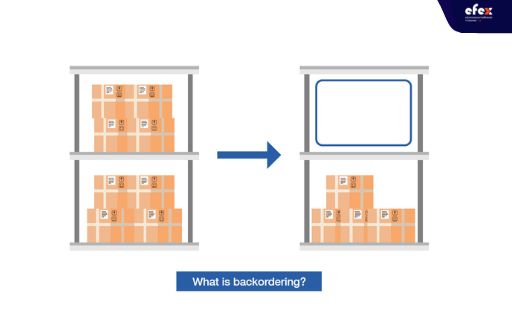
Backordering an item implies that a customer can purchase it now and receive the remaining quantity at a later date when it has been shipped back to stock. Due to the current shortage of inventory, it would be impossible to pack and ship orders containing empty items in time.
If other goods in the same order are available in stock, they can be broken down and shipped to the customer first. And then completing the rest of the items in the order at certain times in the future.
👉 Read More: What is SKU Number? Example and Benefits
👉 Read More: What Is Stockout Cost? Formula And Example
In fact, customers cannot purchase items tagged as "out of stock". This is the biggest difference between backorder and out-of-stock. Because customers can still buy the products available on backorder. Besides, instead of carrying out the normal shipping cycle, it will take longer for customers to receive a rebooked order.
In order to optimize your business, it is important to have the right strategy for whether items are out of stock or on backorder. Because this directly affects the customer experience. To best handle this problem, what you need to do is solve questions such as:
These questions will assess to you in part whether the regulations are about out-of-stock or pre-order products.
👉 Read More: What Is A Stockout: Rate, Formula, And Risk
Backorders happen for a variety of reasons that can be avoided and some other reasons beyond your control.
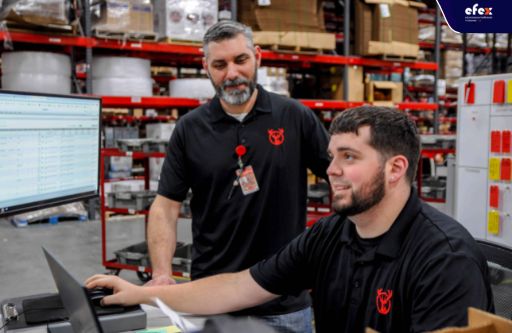
This is something businesses cannot prepare in advance. The reasons for this phenomenon can be mentioned as a commodity suddenly becoming a trend recommended by a celebrity to use it, or due to market fluctuations that change the demand of customers. The item wants to buy a specific product in the incremental.
This will happen unexpectedly at an unannounced time and if there are good practices, the business can enjoy a substantial profit margin. But if not, the customer will feel dissatisfied and turn to use the changing service.
Safe storage means inventory is stored by the business in an emergency or a supply chain disruption results in insufficient inventory. A low stock backlog can occur if safe product stocks are not properly counted or manufactured.
Due to objective or subjective reasons such as holidays or vendor bankruptcy, the products your business ordered cannot be manufactured. This leads to a lack of inventory to supply in the future market.
If you work for an eCommerce website, you could say, "We're not taking re-orders, which eliminates an important issue." However, it does not. Orders happen only on best-selling products; Never leave slow shipping in stock. Unexpected spikes in orders can cause problems for any online business. A backlog or out-of-stock can cause your business to miss 10% or more of sales.
If you are a distributor or wholesaler for Walmart, Amazon, and most of the other big players in commerce, they will stop offering your product line if you cannot regularly meet their order by day. Failure to comply with vendor compliance requirements will result in a refund for late delivery.
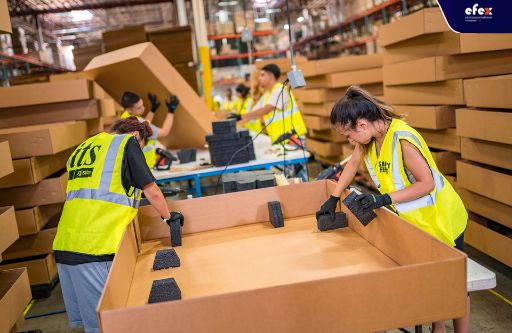
Purchasing goods through e-commerce sites will bring customers more benefits. They can compare the quality of a product that 2 or more different businesses are offering before deciding to buy.
👉 Read More: What is return merchandise authorization (RMA) And Process
If your business does not have the required quantity, this runs the risk of reducing the order rate. According to published research, the pre-order volume has the potential to reduce sales and profitability because the business will incur high fees of between $ 15 and $ 20 for each pre-order execution.
Things considered to contribute to reducing your profits can be mentioned as the frustration of customers waiting for the rest of the stock. Shipping costs increase because you have to split the shipping of an order.
Additional overheads for taking multiple items should also be considered in this section and other amounts such as packaging, packaging materials, and staff working time. In general, avoiding backorder is an important factor because it has a direct impact on the most important factor that is customer experience.
In most businesses, inventory is one of the most important balance-sheet assets. You can't keep every item in stock all of the time without harming inventory turnover and boosting inventory levels. Here are 8 best practices for reducing backorders and stockouts while optimizing inventory:
Businesses should make a careful investment in assessing the state of out-of-stock. From there, strategies to optimize inventory levels will be born with higher efficiency. You should note the following 3 necessary inventory measures:
Direct cost is another factor to keep in mind. This cost is the loss of leads or missed sales that result in severe out-of-stock and a large amount of inventory in stock. This should be the first serious goal of getting money for effective treatment in the future.
Analyze your product and inventory SKUs and inventory orders. The analysis will help you see the reason for the stock shortage. And that could be one of the following common reasons: Analyze your product and inventory SKUs and inventory orders. The analysis will help you see the reason for the stock shortage. And that could be one of the following common reasons:
There are two more reasons that contribute to firms becoming less agile:
Inventory management involves a number of separate parts. Empower all stakeholders in the role of targeting and evaluating results to improve inventory results. You can start by analyzing the key inventory goals in general and what they're telling you about your company. We provide a 6-step approach to reviewing your inventory system and setting up an improvement action plan.
Checking your supply chain is also a great way to save time and money. In many companies, overseas shipping costs exceed all other performance costs, including direct and indirect labor, depreciation and amortization, facilities, and costs. packaging and other related costs. Any necessary adjustment in shipping to accelerate orders adds to the huge cost of shipping domestic goods.
You can refer to the following techniques to manage backlog if your company experiences shipping delays from supplier to warehouse:
You should notify your customers on your website or inventory in case your supplier does not have the raw materials or ability to deliver the item the customer is looking for. At the same time, the staff working in the warehouse should also know that the item is being booked so that they can instruct and notify the buyer.
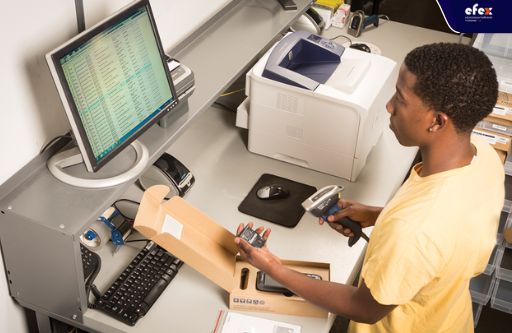
You should quickly find out the cause and measures to resolve the delay of the goods as soon as the warehouse management system finds out. It may cost you an extra amount of money to buy more ingredients or find other shipping methods. But it will be worth it in terms of customer retention.
Lead time is the time it takes for a product to start and end. Determine the time it takes to get your production up and running before you have the product ready for the customer's order if production is causing delays.
- Read More: Order Management System: Definition, Process And Value
- Read More: Order management system for Ecommerce: Definition, Key Effect, Benefit
The impact of a backorder on the overall success of the business is undeniable. You will have a lot of difficulties in stabilizing inventory management and optimizing your production process if you don't understand backorder and don't know how to minimize it. And we bet you will run your company better if you take the time to learn all the information in this article.
